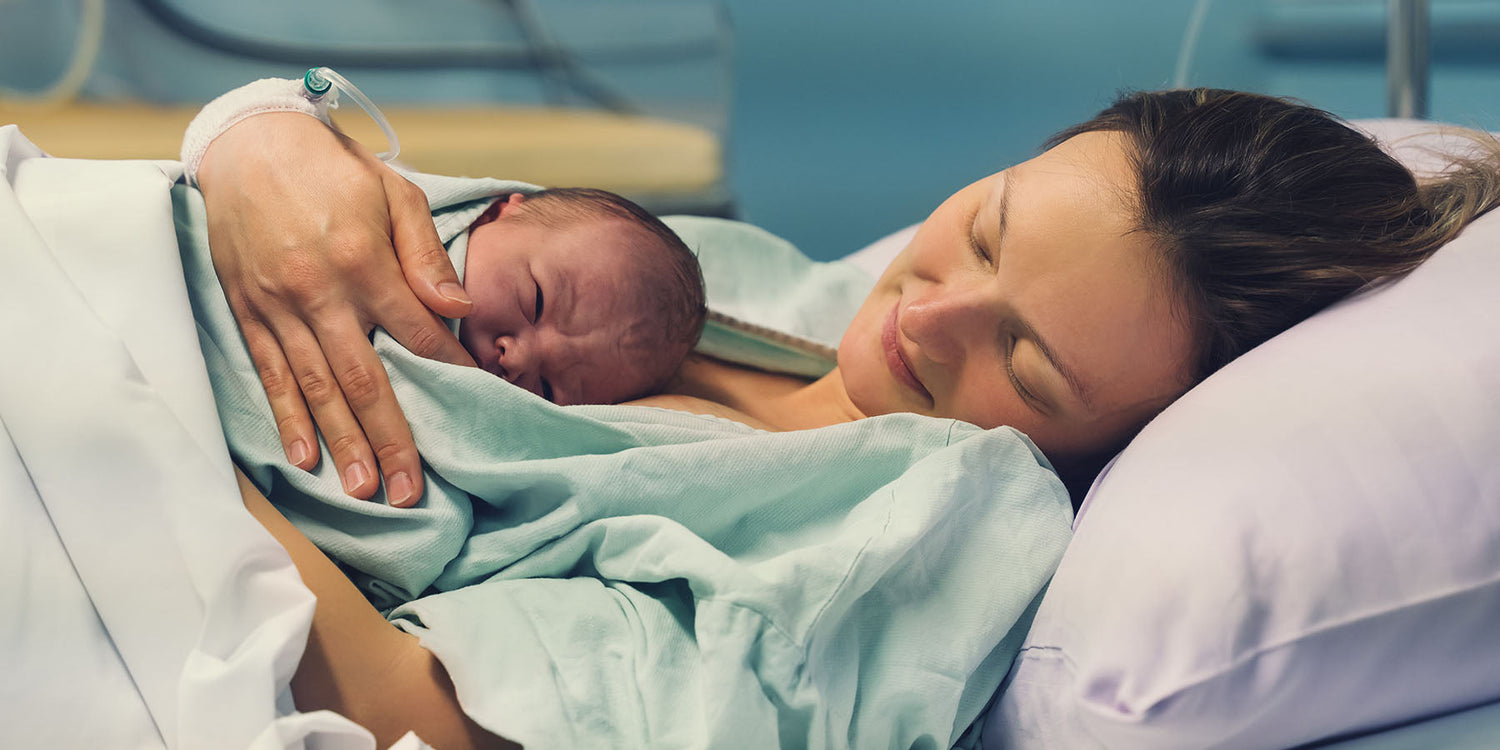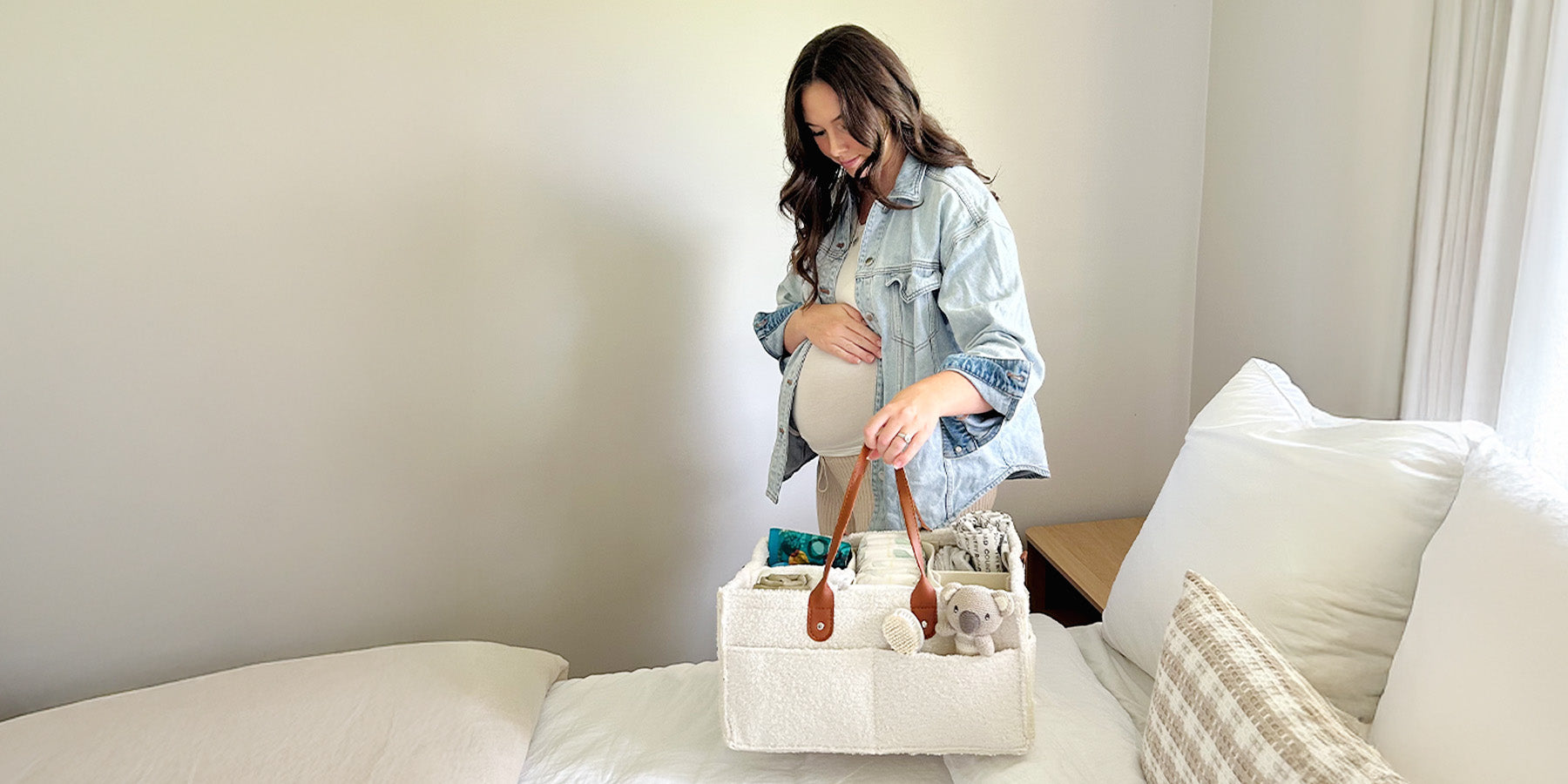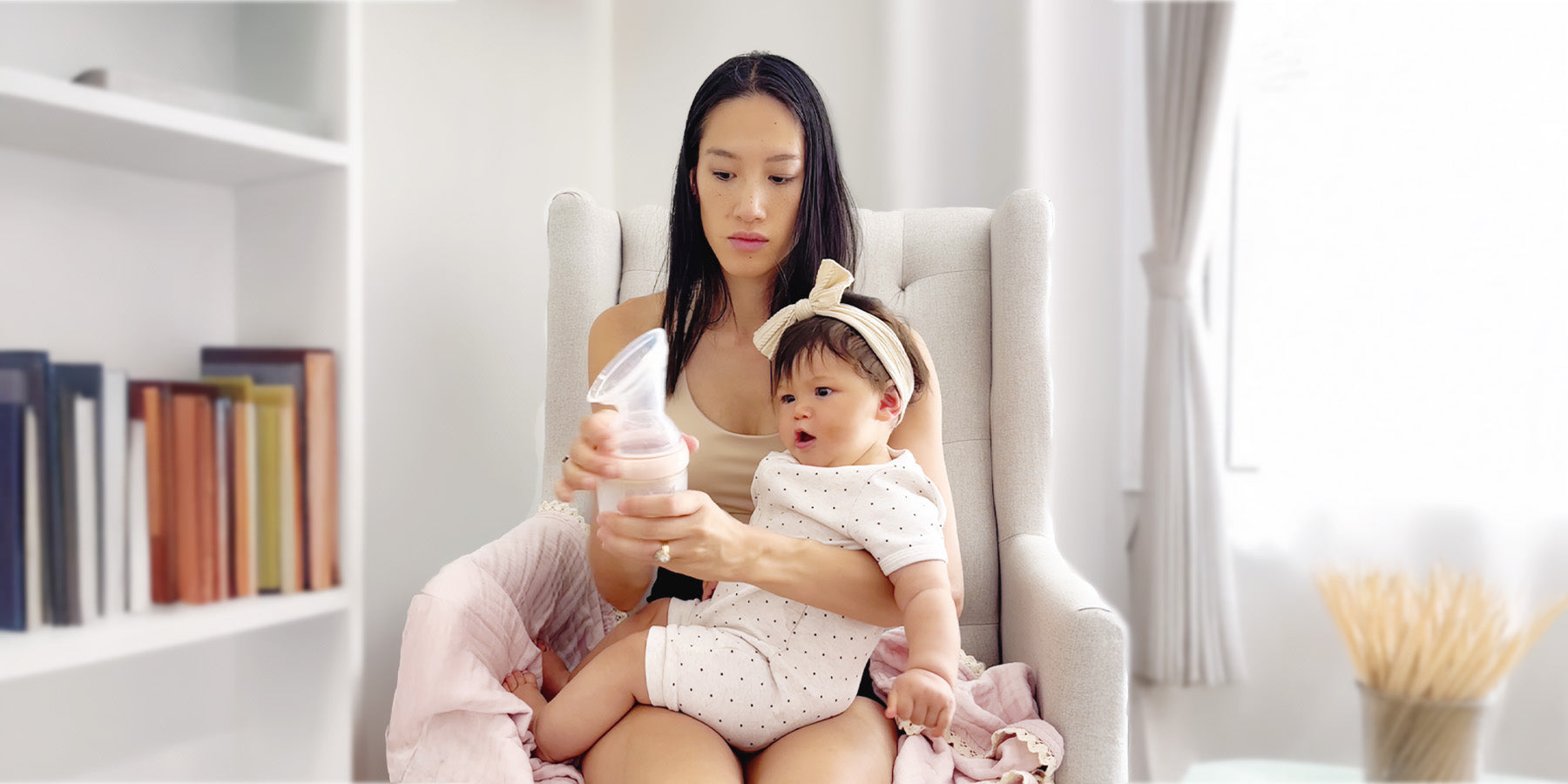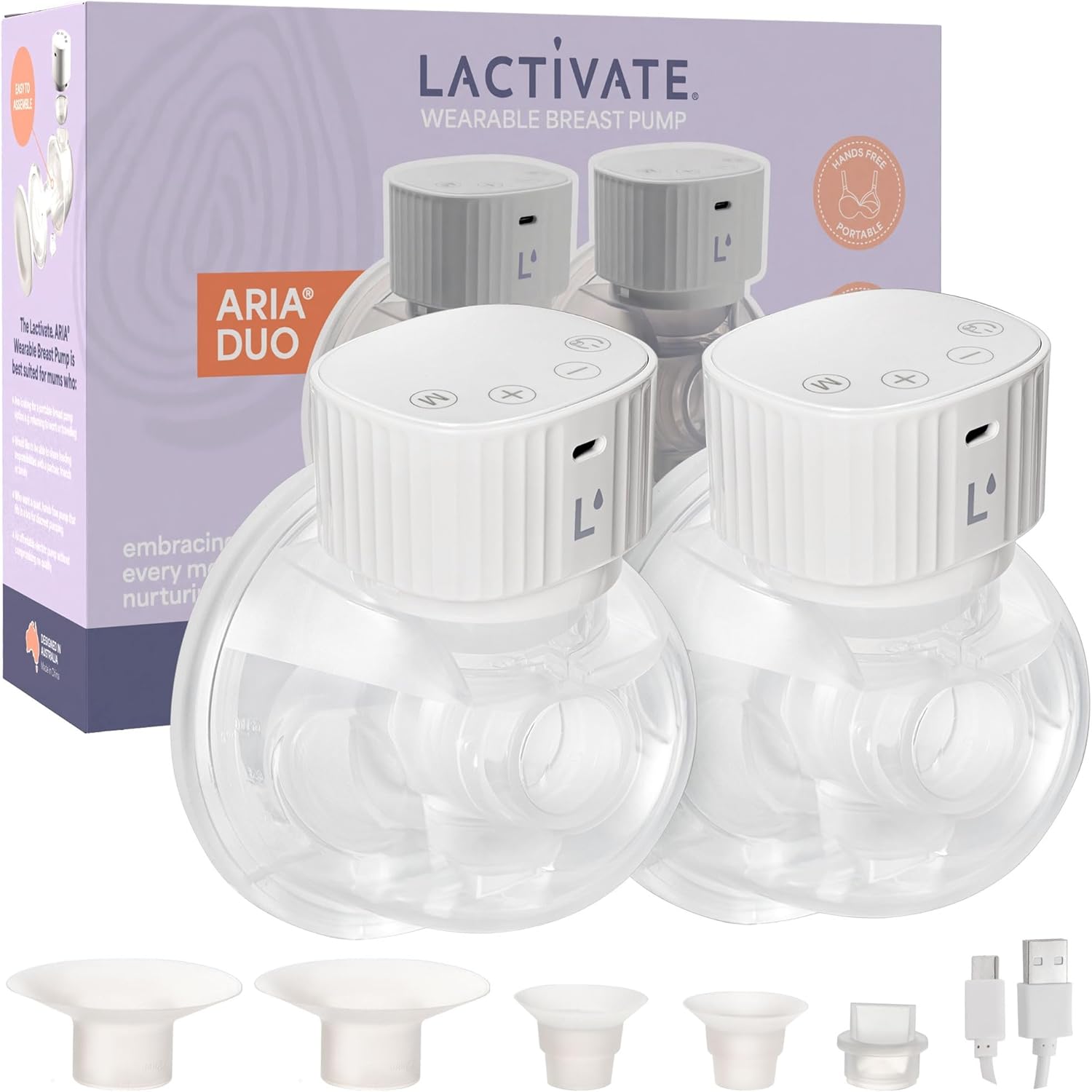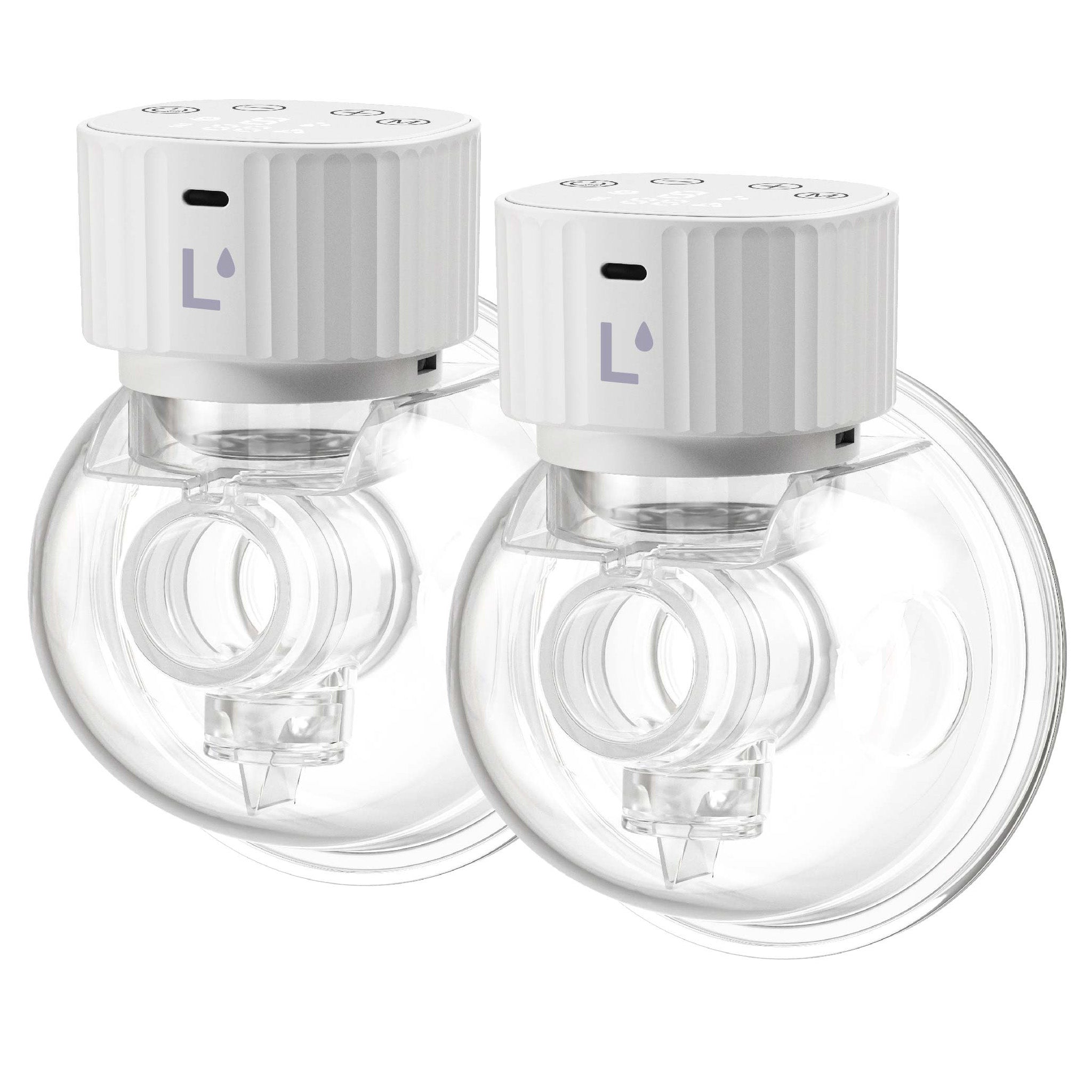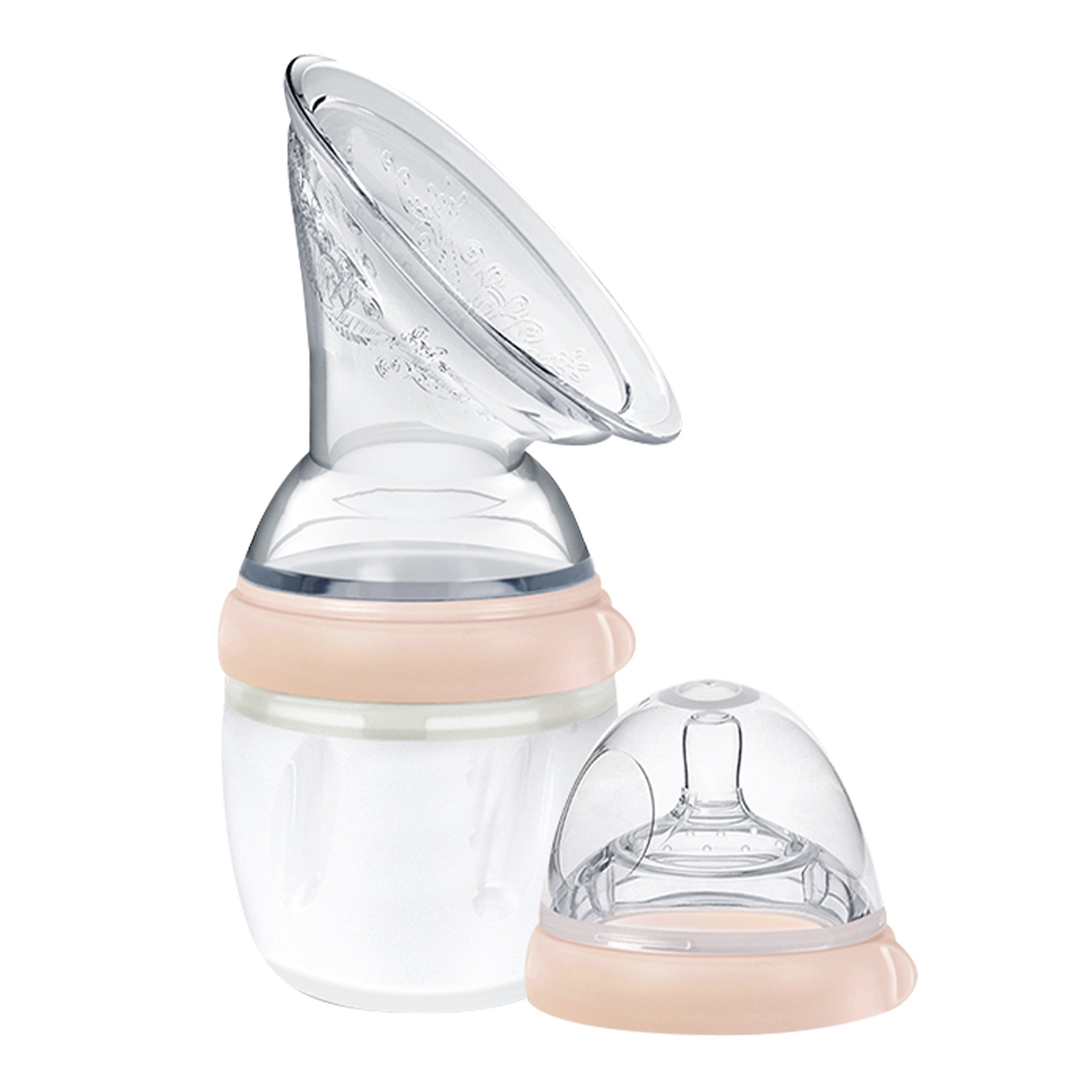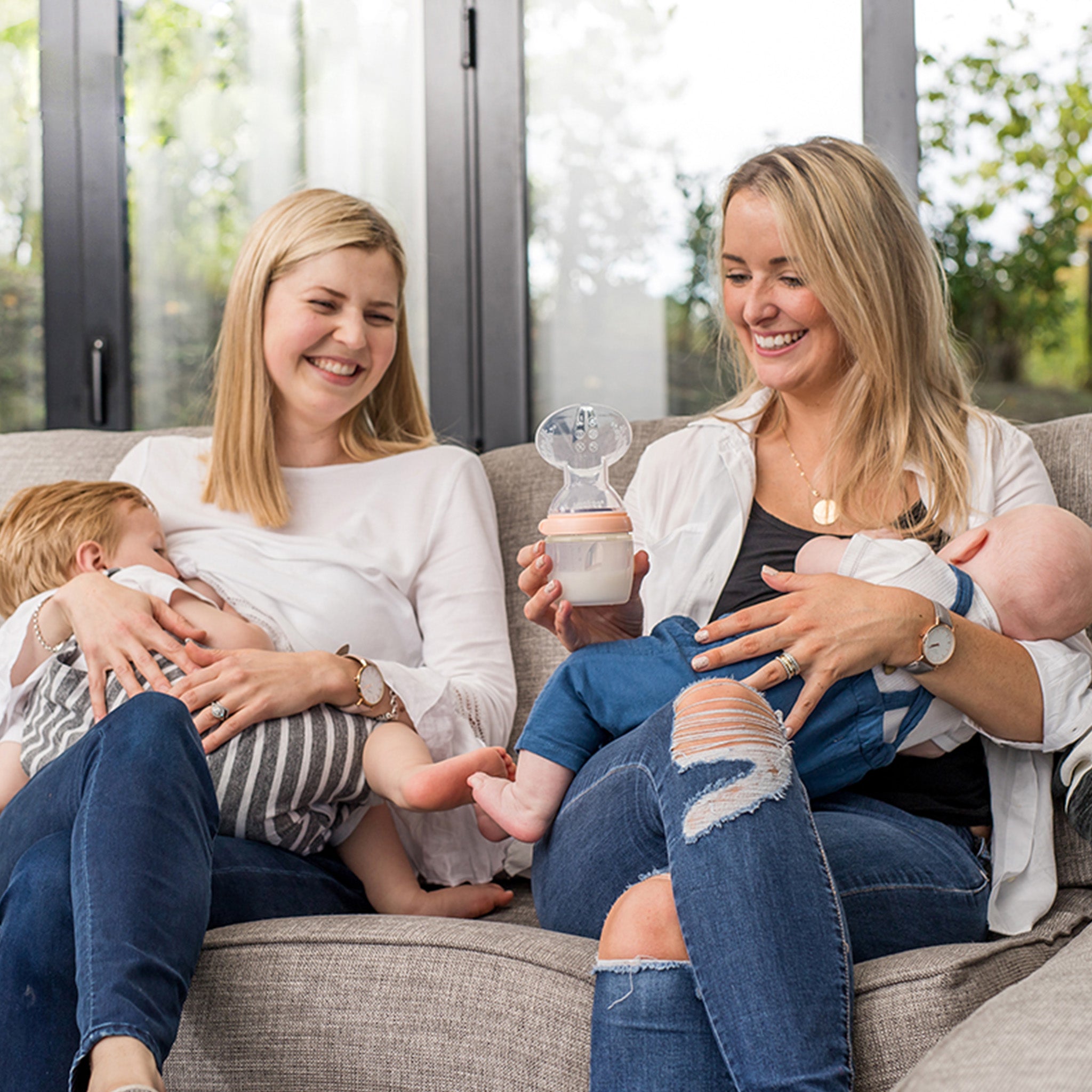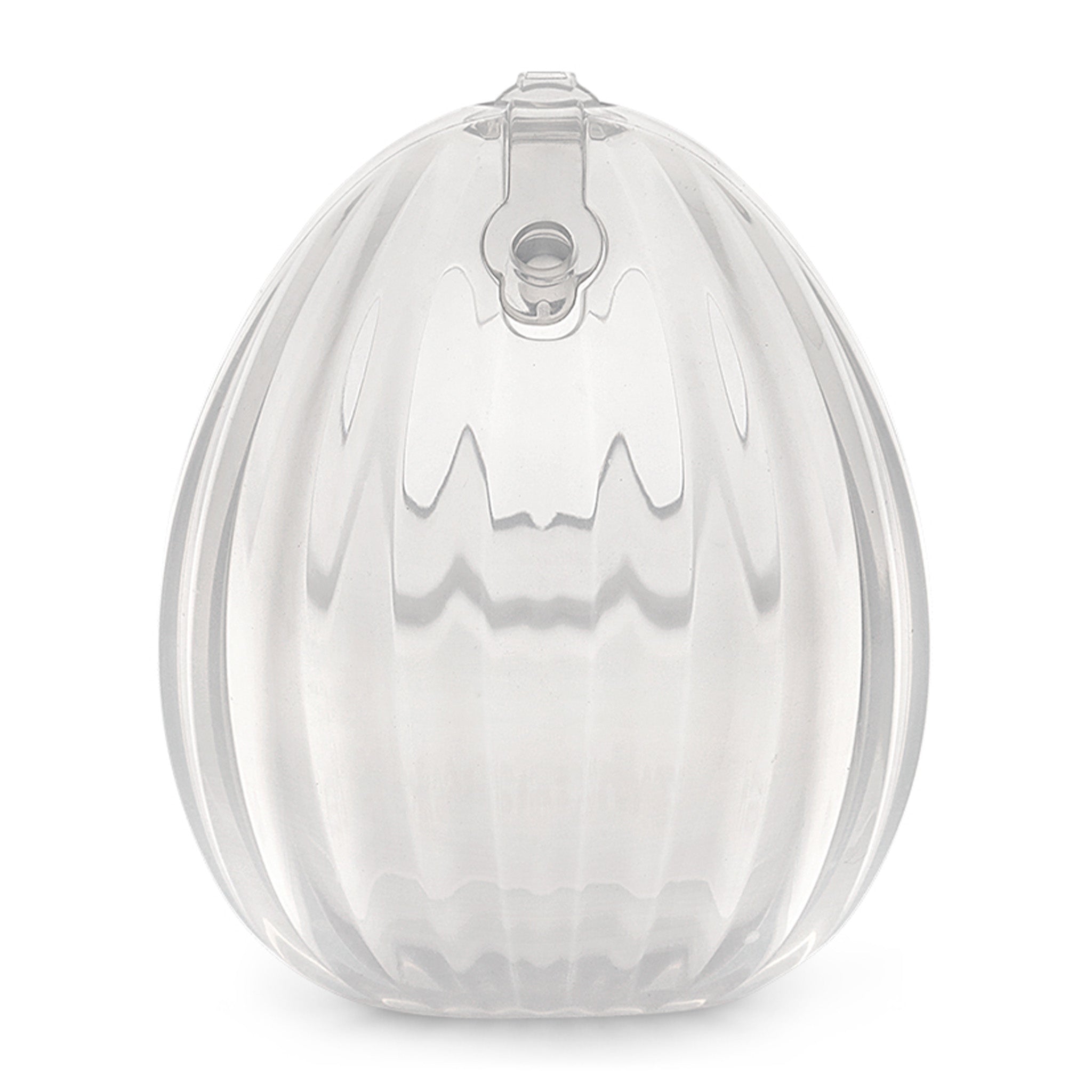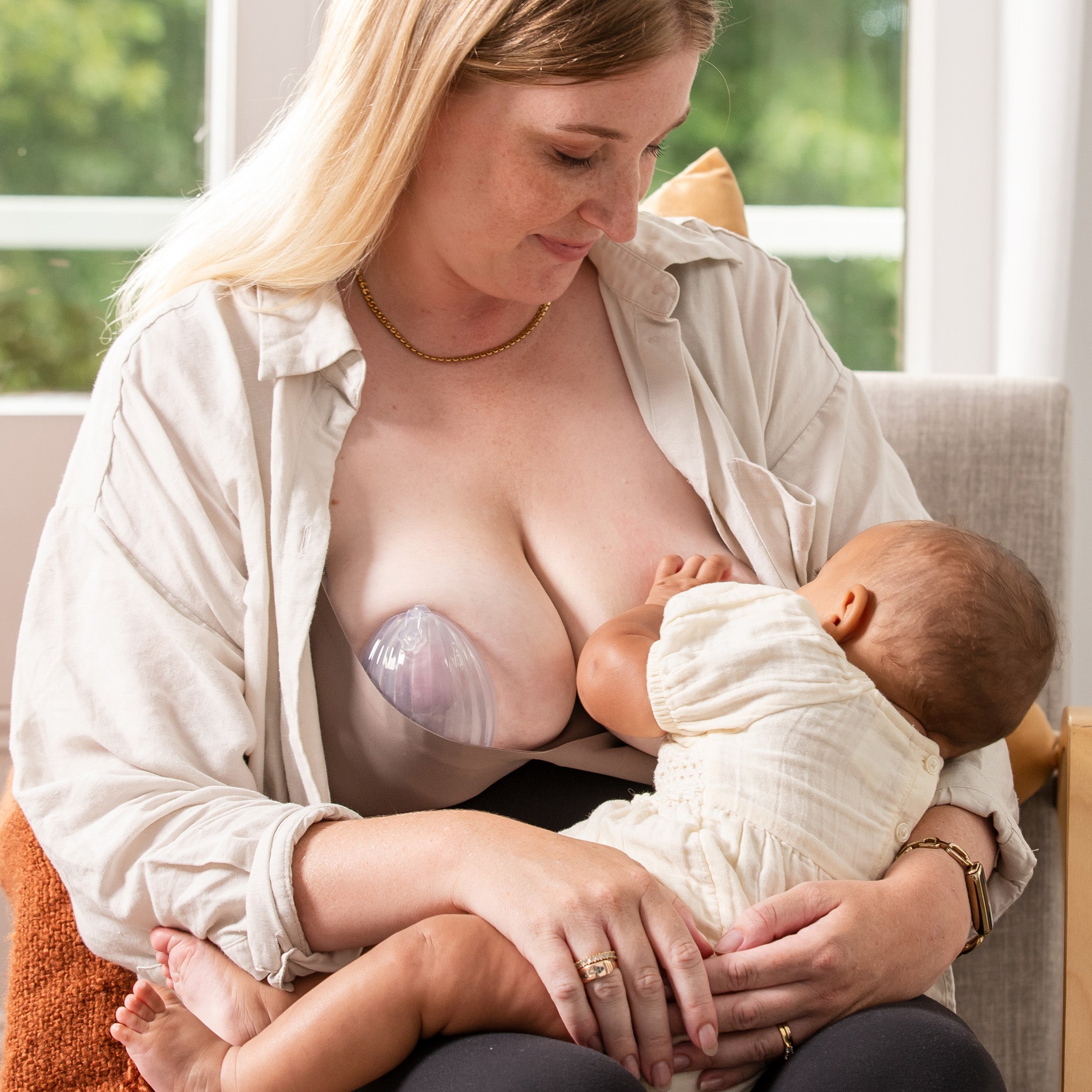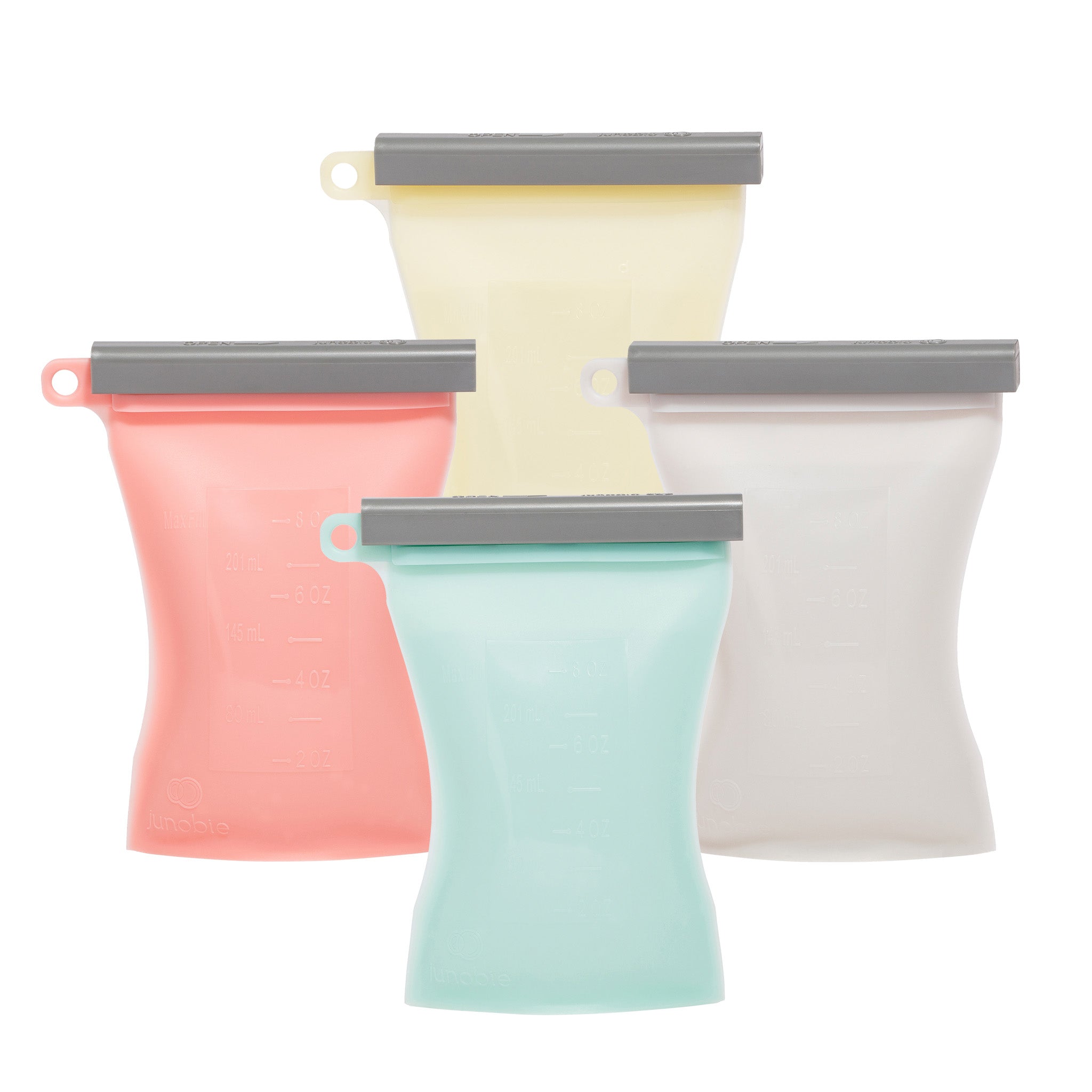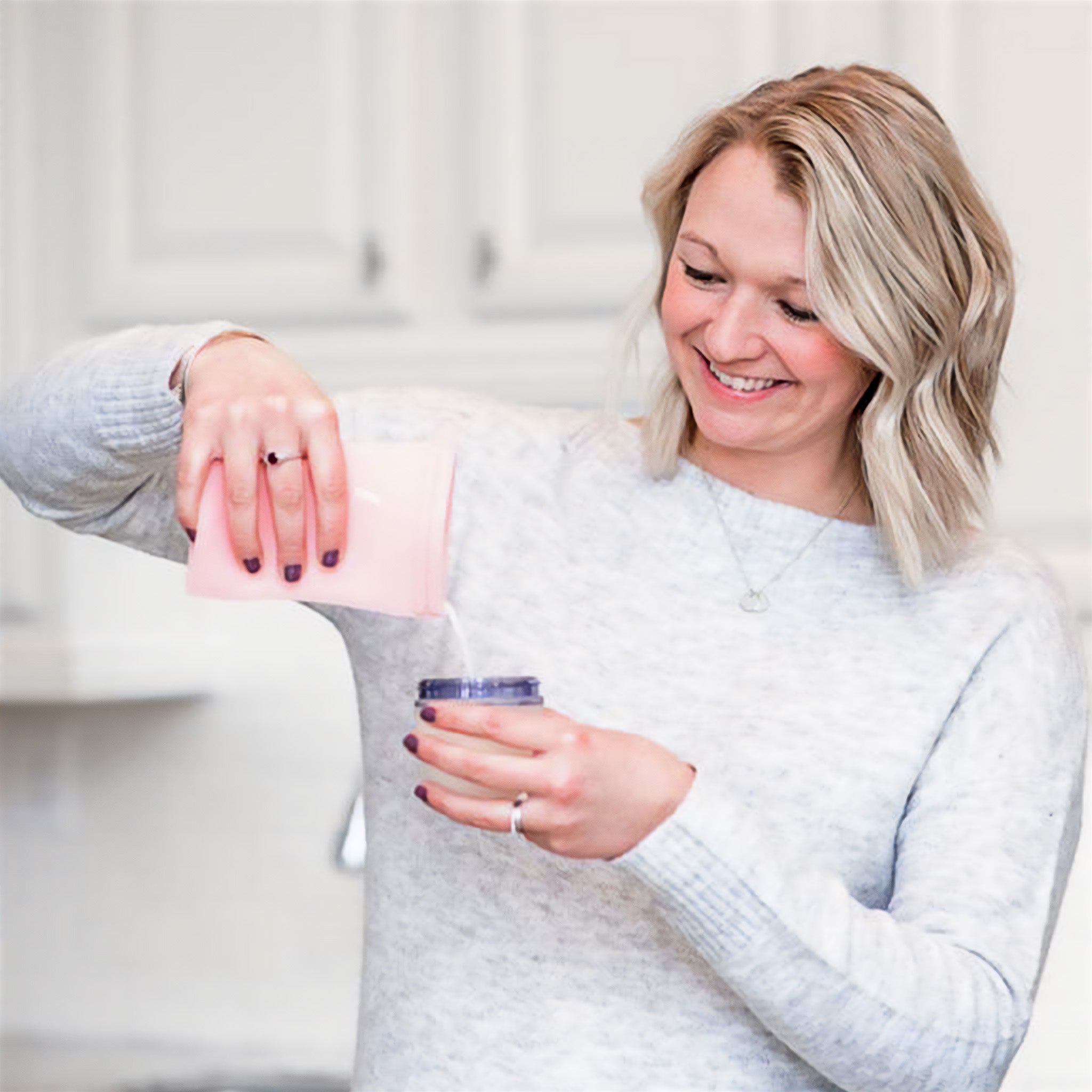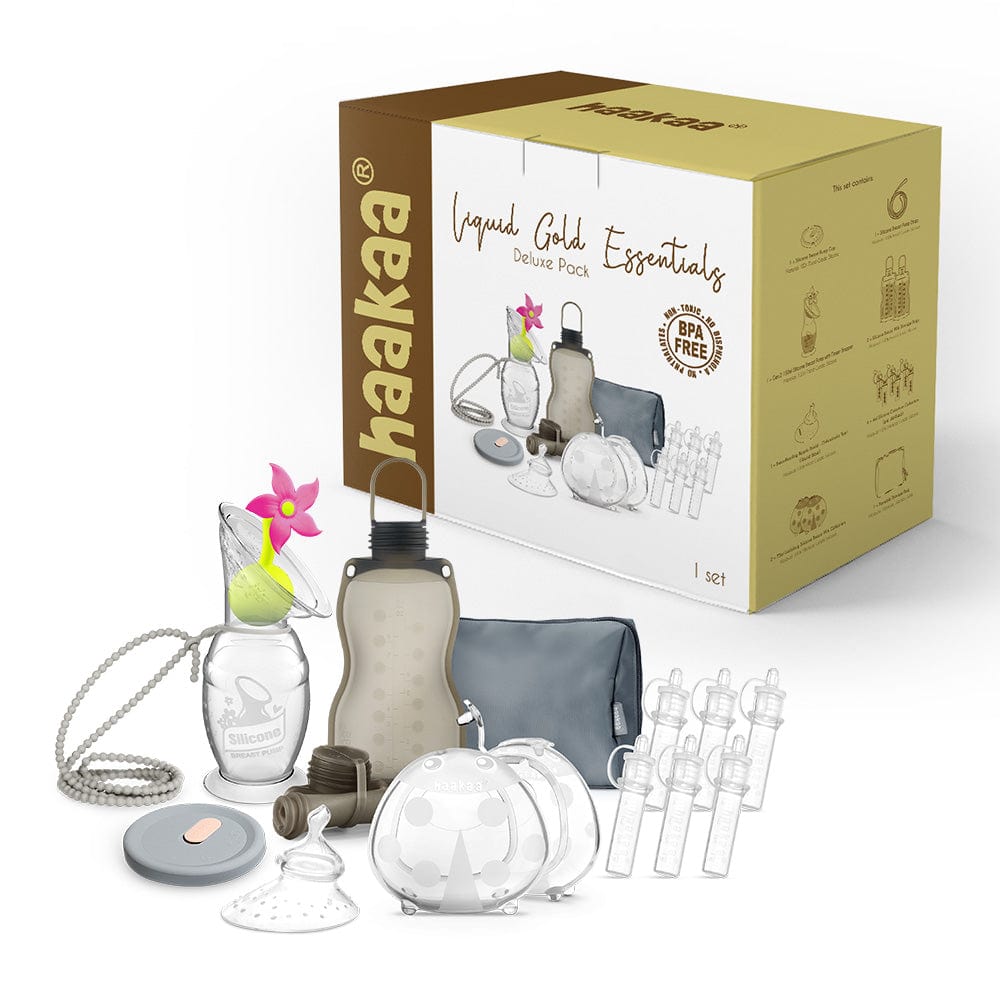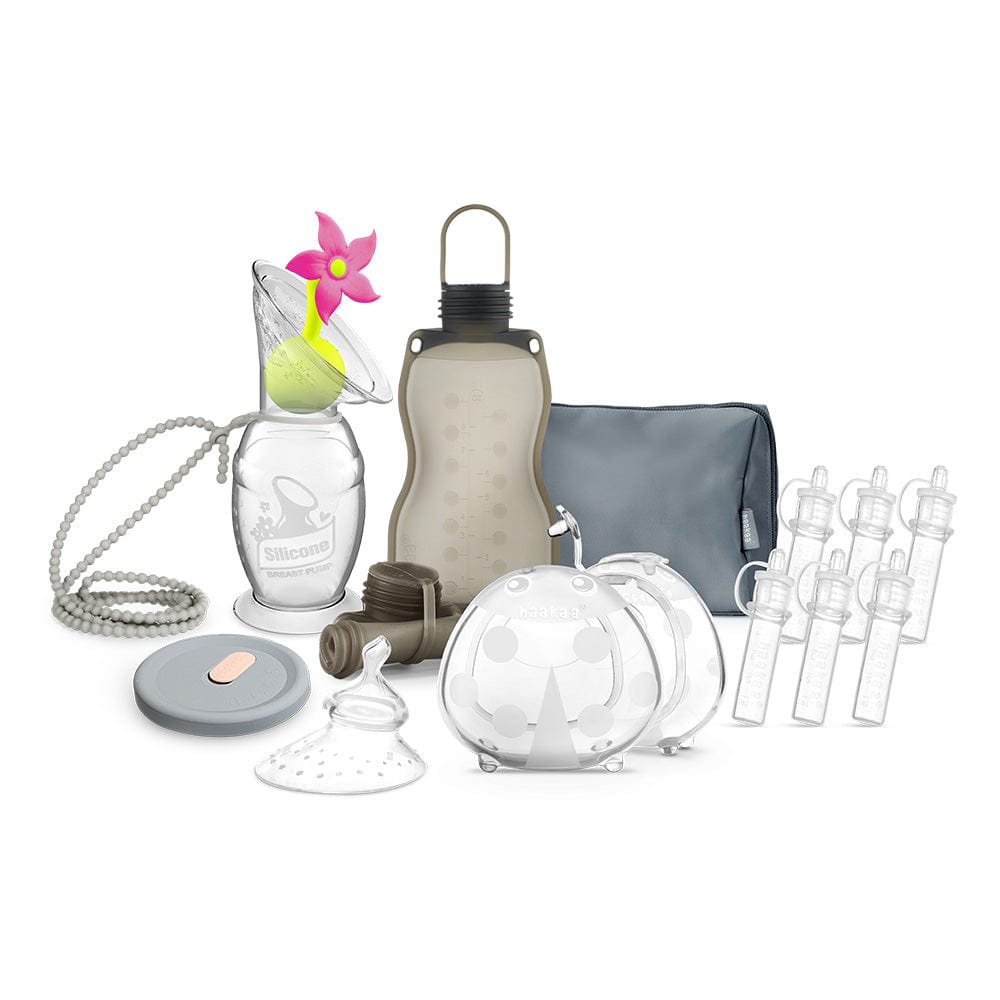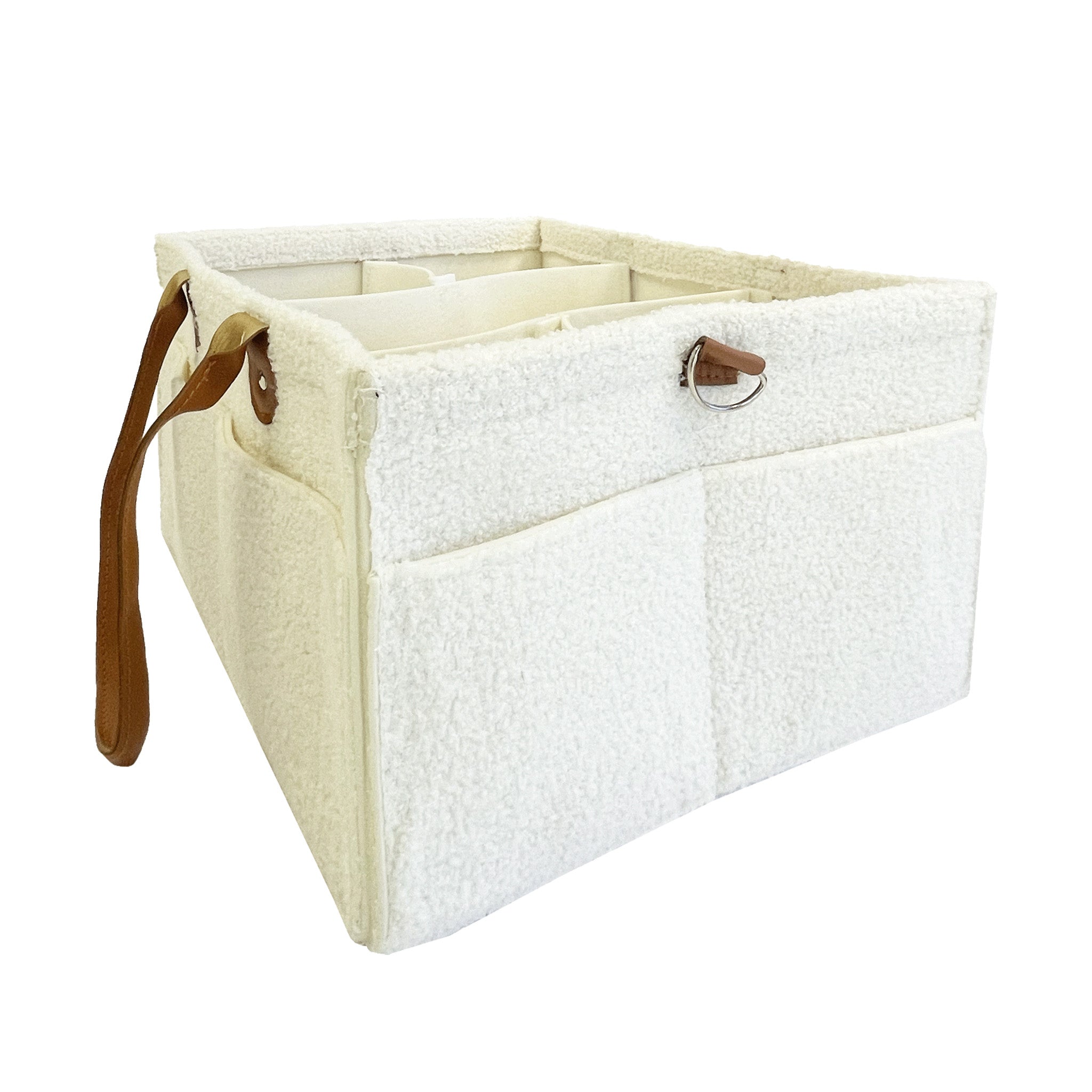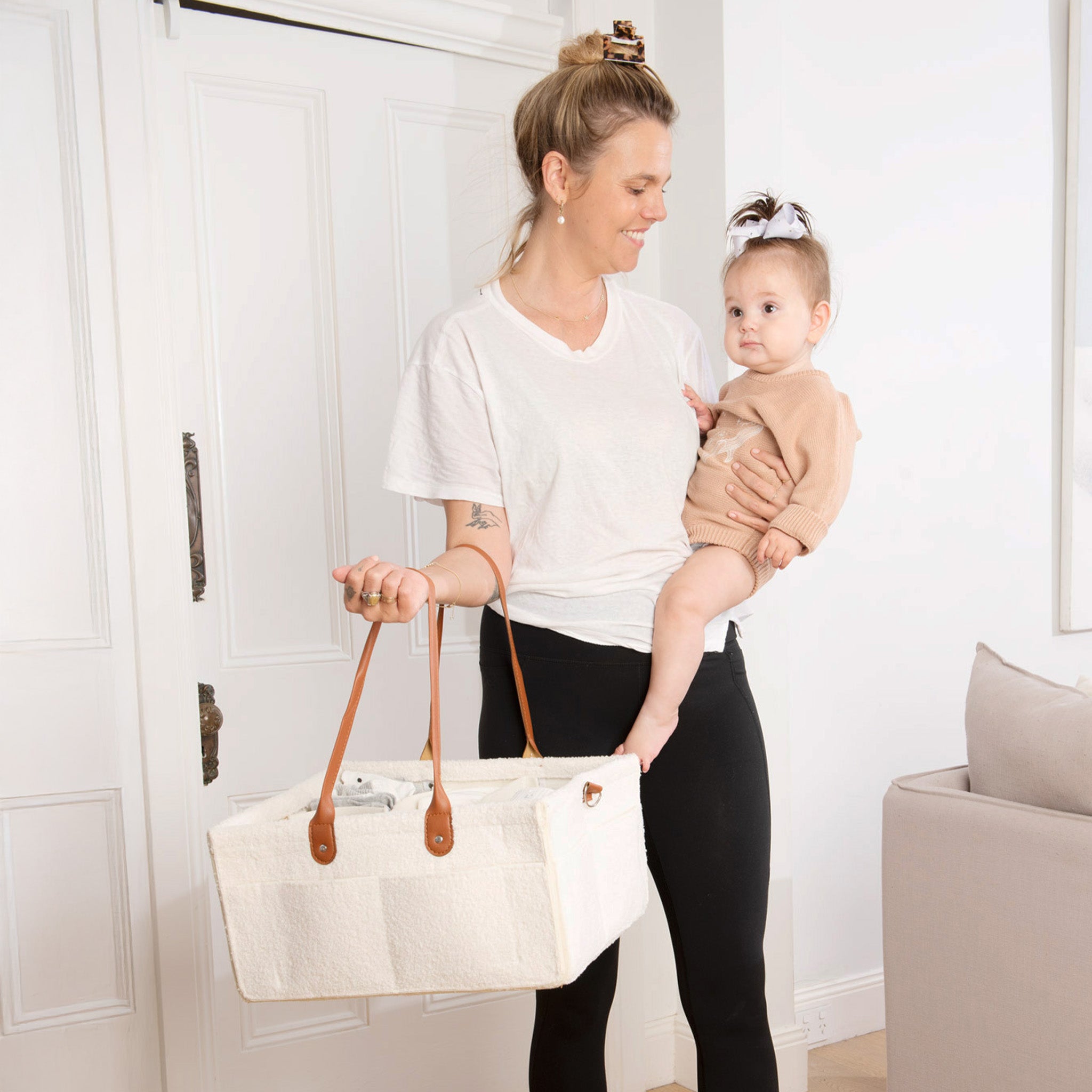If you’ve been reading up on birth plans, gut health, or even just scrolling through the parenting pages on Facebook when pregnancy-insomnia strikes, chances are you might have come across the term “vaginal seeding.” While it sounds like some kind of strange, possibly ancient procedure, it's actually something that parents are choosing to do, particularly those that have had their little one arrive via c-section birth.
Let’s dive into what vaginal seeding actually is, why some parents are doing it, what the experts are saying, and, most importantly, how to support your baby’s gut health, regardless of the type of birth you have.
So, what is vaginal seeding?
Brace yourself, vaginal seeding is kind of exactly what it sounds like: the process of transferring beneficial vaginal bacteria from a birthing parent to a baby born via caesarean. And while it might sound a bit out there, there is some science behind the method. When babies are born vaginally, they pass through the birth canal and pick up a bunch of friendly microbes along the way. These microbes play an important role in kickstarting baby’s gut microbiome, which we now know is important for things like digestion, immune system development, and even mood and brain health.
When a baby is born via C-section, they don’t get that same microbial exposure. That’s where vaginal seeding comes in. Essentially, it aims to mimic that exposure by manually transferring vaginal fluids to baby shortly after birth.
How does it actually work?
The process itself is pretty straight forward and generally involves inserting a sterile swab into the vagina about an hour before the C-section. After the birth, that gauze is wiped over the baby’s mouth, face, and body to simulate the natural colonisation that occurs during a vaginal birth.
Why are parents considering it?
Vaginal seeding isn’t a brand new phenomenon. Back in 2016, a study was published that explored the exposure of infants to maternal vaginal fluids at birth. Further studies have continued to explore the benefits and risks and parents have jumped on some of the initial results that indicate that the process gives a baby born via c-section, a microbial boost. Seeding is thought to help kickstart a more “vaginal-like” microbial profile in C-section babies, which may in turn support gut health and immune function.
What does the research say?
Now for the big question: Does it actually work? While research has been ongoing, the results aren’t 100% conclusive just yet. The 2016 study found that vaginal seeding did help C-section babies develop a microbiome that more closely resembled vaginally delivered babies but it was completed on a tiny group of only 4 babies meaning the results needed further examination. Here in Australia, researchers in 2021 published a study that explored the effects of orally administering maternal vaginal microbes to C-section babies, aiming to mimic the natural exposure of vaginal birth. The study found that there were “no observed differences in gut microbiome composition between CS-seeded and CS-placebo infants at 1 month or 3 months of age,” indicating that seeding may not have the impact that parents hoped for.
Since then have been mixed findings along with anecdotal evidence from medical professionals. Safer Care Victoria, in partnership with the Royal Australian and New Zealand College of Obstetricians and Gynaecologists Victoria have released the following statement regarding vaginal seeding: “The practice of vaginal seeding is not recommended or encouraged outside of the context of a research protocol. It is recommended that vaginal seeding otherwise not be performed until adequate data regarding the safety and benefit of the process becomes available.”
The primary concern is that, in an uncontrolled context, vaginal seeding could lead to an increased risk of infection if the correct hygiene and screening protocols are not carried out.
How to speak to your caregiver about vaginal seeding
If you’re curious about or considering vaginal seeding, your first point of call should be a discussion with your caregiver. Here are some tips to make that convo a bit easier:
- Do your homework: Bring along any research or questions you have
- Ask about screening: If you're going to consider seeding, you'll likely need to be tested for infections in advance
- Be open and flexible: Not all care providers will be comfortable with the idea and may have protocols in place to prevent it. Discussions can help ensure everyone is on the right page
- Get it in your birth plan: If your caregiver is on board, include the steps for vaginal seeding in your birth preferences so the team is aware on the day.
What else can I do to support my baby’s microbiome?
Vaginal seeding is not essential for your baby’s health, regardless of whether they are delivered vaginally or via c-section. There are plenty of other evidence backed ways to help support your baby’s microbiome, especially in those early weeks:
- Breastfeeding: Breastmilk is full of beneficial bacteria and prebiotics that nourish baby’s gut
- Skin-to-skin contact: Holding your baby close helps colonise their skin with your good bugs
- Avoiding unnecessary antibiotics: Always follow medical advice, of course, but chat with your provider about when antibiotics are really needed
-
Probiotics for babies: Some families opt to use infant probiotics, though you’ll want to discuss this with your GP or paediatrician first
Vaginal seeding is an interesting emerging practice, and for some parents, it sounds like a great way to support their baby’s health after a C-section. But it’s not the only path to a thriving microbiome. Whether you seed, breastfeed, cuddle endlessly, or all of the above, you’re doing something amazing: giving your baby the best start possible. As always, trust your instincts, talk to your healthcare team, and know that there’s no one “perfect” way to do this parenting thing.
The Lactivate New Mum Pack is designed to make your postpartum journey easier and more comfortable. Whether you're soothing sore nipples with our Silver Nursing Cups or freshening up "down there" with the Peri bottle - you'll have everything you need to survive (and thrive) as a new mum. Plus, you'll love our absorbent Nursing Pads and Breast Ice & Heat Pack for added relaxation. Transform your transition into motherhood with Lactivate!
For more parenting resources and blogs, check out our resource section.

